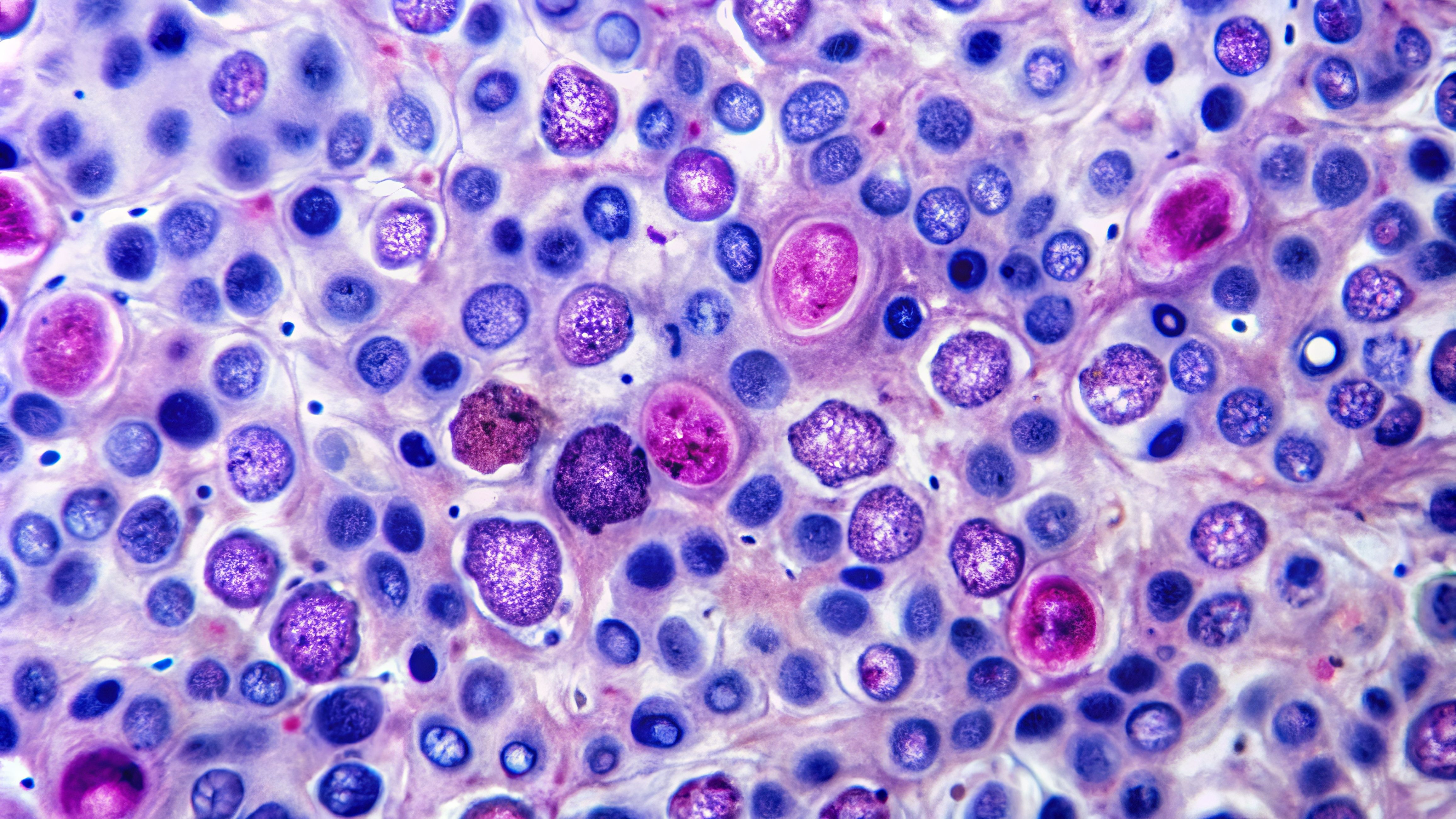Video
Expert Discusses the Impact of Pharmacist Intervention in Clinical Trial Enrollment
Beth Koselke, PharmD, BCOP, discusses the impact of pharmacist intervention in clinical trial enrollment, specifically in the MYLUNG Consortium.
In an interview with Pharmacy Times at the 2022 American Society of Clinical Oncology, Beth Koselke, PharmD, BCOP, discussed the impact of pharmacist intervention in clinical trial enrollment, specifically in the MYLUNG Consortium.
Q: Can you discuss what the MYLUNG Consortium is?
Beth Koselke: The MYLUNG Consortium brings together providers and researchers within the US oncology network and US oncology research, along with some life science partners and patient advocacy advocacy groups. Their goal is to promote advanced non-small cell lung cancer research for patients in the community setting, specifically looking at molecular testing the barriers.
Q: What is the pharmacists’ role in clinical trial enrollment in general?
Beth Koselke: I think that's actually a really underutilized portion of what pharmacists do. Typically, pharmacists historically have really been in the investigational drug setting where we make sure that patients get the right investigational drug once patients are enrolled on to studies, but I think that pharmacists can really be brought out to the front of screening patients for trials because we're already looking at patients for appropriate drugs and disease state. We can include inclusion and exclusion criteria into that to screen patients for trials upfront. Maybe when physicians are too overwhelmed and aren't really thinking about clinical trial enrollment for patients, we're just like another set of eyes that can assist with that.
Q: Can you discuss the design of your study and its goals?
Beth Koselke: We were embedded within phase 2 of the my lung protocol, there are 3 separate protocols, and we're in the second protocol. It's an observational study, where we're looking at the operational feasibility of biomarker testing prior to patients starting on therapy. There are 11 open trial sites and the pharmacist intervention was conducted at 6 of those sites. We looked before and after the pharmacist intervention, which had a pharmacist screening patients, both through a weekly report, as well as through normal chemotherapy order review, and then sending messages to providers and clinical trial staff. We were hoping to see an improvement in enrollment after the pharmacist intervention was completed.
Q: What did you find with regard to pharmacists’ impact?
Beth Koselke: We found that we nearly doubled enrollment rates across the 6 practice sites that we were involved with. So we went from an average of 3.4 patients enrolled per month up to 6.6 patients enrolled per month. Across every single practice site that we touched, we saw improvement. So I think that's pretty exciting, and shows that a pharmacist can be embedded into community oncology remotely and across the entire network.
Q: How could this information be utilized moving forward, both in the MYLUNG Consortium and in other clinical trial programs?
Beth Koselke: I think, like I mentioned earlier, pharmacists, being involved in a multidisciplinary research team can really benefit the entire team by looking at patients upfront and earlier on. Then, when patients are on second and subsequent lines of therapy, it's really hard to catch those patients for clinical trials. So a pharmacist would be a great second set of eyes for that as well as for genomic screening of patients. So we see patients come through with a mutation and we know that we have an open trial at that location. We'd be a really good person to stop before the patient gets a prescription sent and process through to say that they would qualify for an open study at that location.
Newsletter
Stay informed on drug updates, treatment guidelines, and pharmacy practice trends—subscribe to Pharmacy Times for weekly clinical insights.






